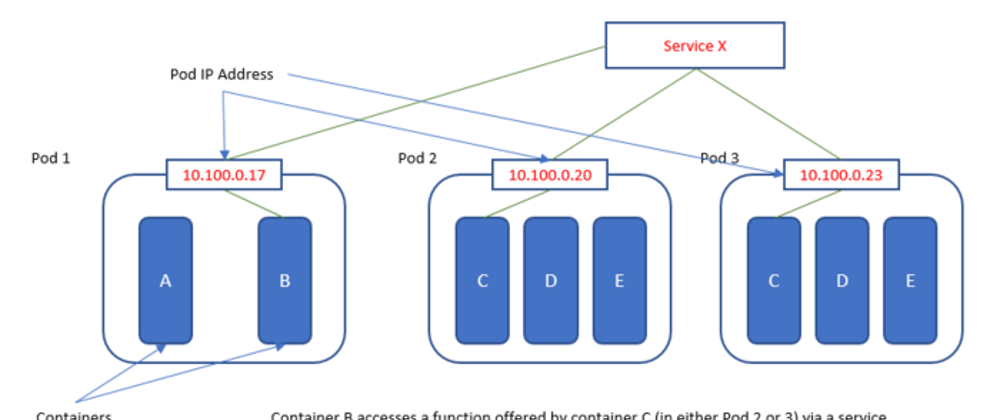Kubernetes is an open-source platform that automates container deployment, expansion, and management. Some of the modifiers are “production-ready”, “de facto”, “helmsman”, “pilot”, “Planet Scale” and so on. Kubernetes are so long that there are many typos, so they are often abbreviated as k8s.
Google, which creates billions of containers a week, started a project in 2014 based on borg, which was used as an internal distribution system.
It is not just a container platform, but a microservice, cloud platform, and serves as a container for easily containing and managing containers. Various functions such as serverless, CI/CD, and machine learning work on the Kubernetes platform.
Cloud support
Kubernetes has a function to automatically increase the server according to the load. It has AutoScaling and can be used as a load balancer by being assigned an IP. Kubernetes can easily extend cloud integration using the Cloud Controller. AWS, Google Cloud, Microsoft Azure, as well as dozens of cloud providers provide modules so administrators can use the same configuration file in different clouds.
Kubernetes has many objects
** Kubernetes defines objects for managing states as objects. It provides scalability because it provides dozens of objects by default and is very easy to add new objects. The main objects are as follows.**
Pod
Pod smallest unit that can be deployed in Kubernetes and has one or more containers, storage, and network properties.
learn more Link
Service
Network-related objects. Used to connect a pod to an external network and create an internal load balancer that looks at multiple pods. It also serves as a service discovery because it registers the service name as a domain in the internal DNS.
learn more Link
ReplicaSet
An object that duplicates and manages multiple pods (one or more). To create a pod and keep its count, you must use ReplicaSet.
learn more Link
Volume
An object related to the repository. You can use the host directory as it is, or you can create and use storage such as EBS dynamically. Virtually all popular storage methods are supported!
learn more Link
Continue .......







Top comments (0)